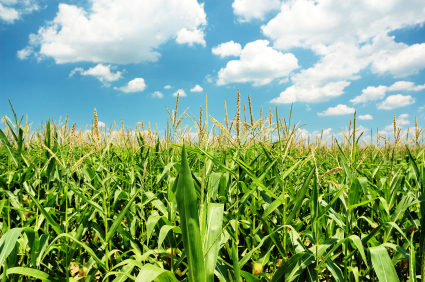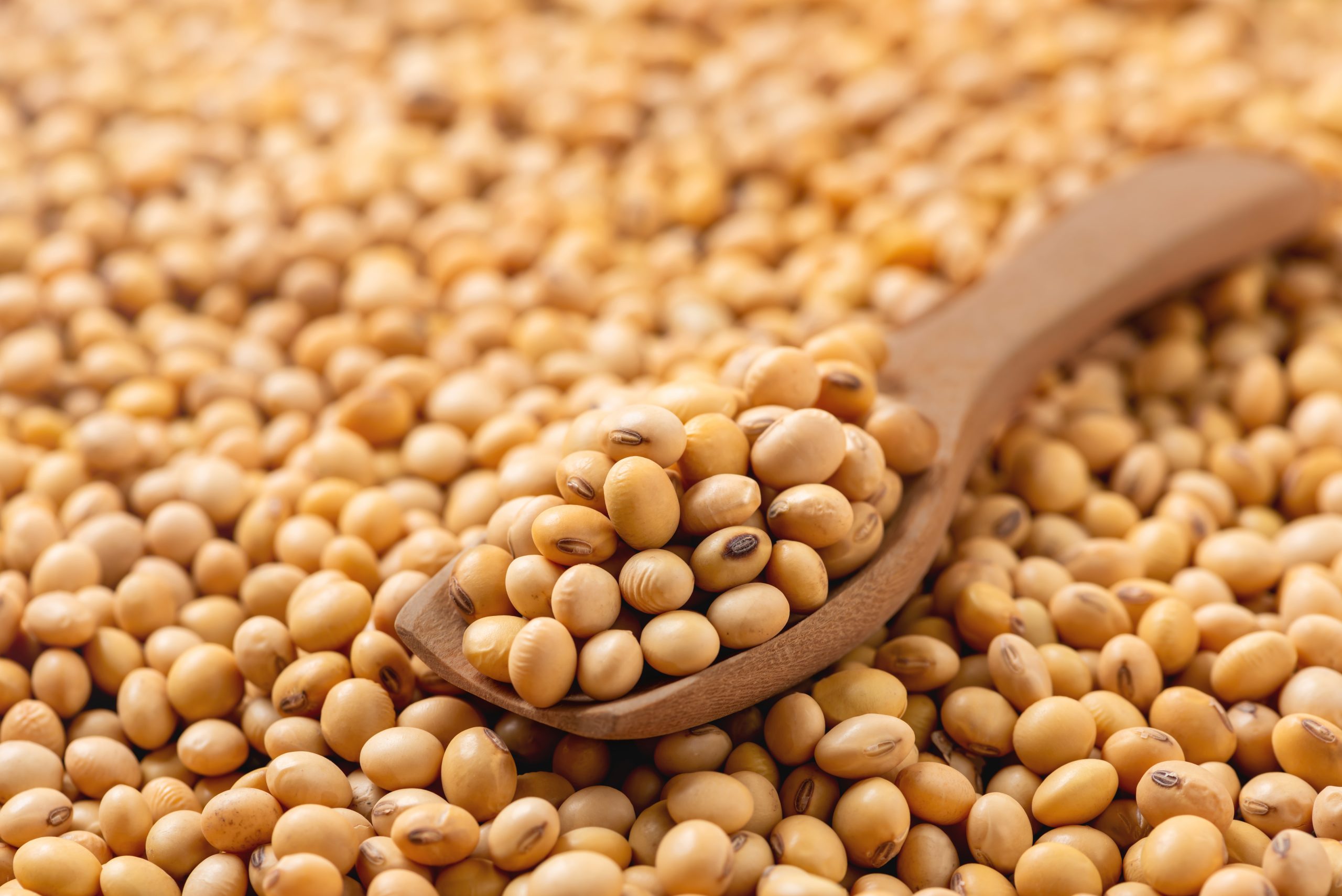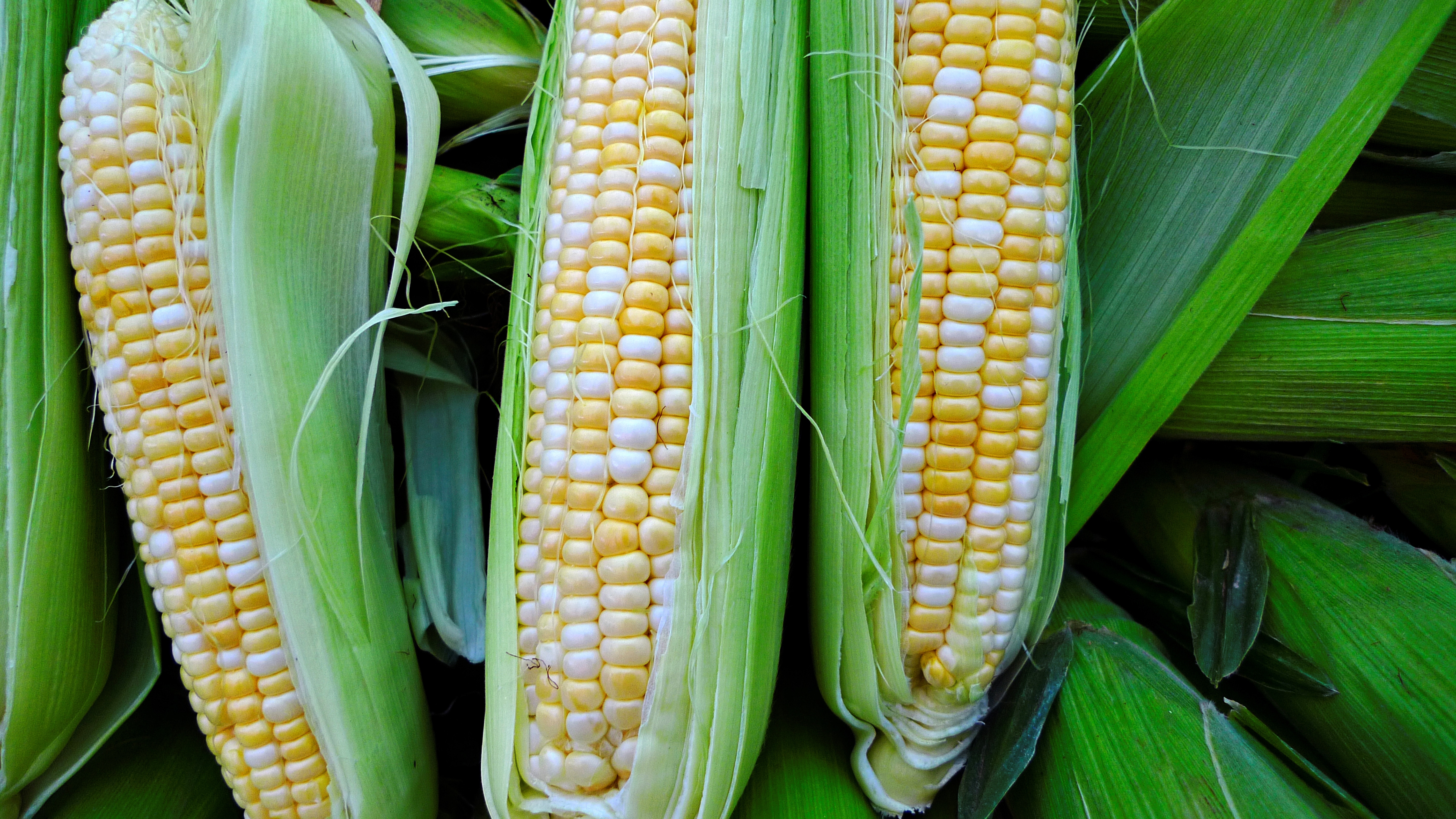jwasilewski2020-07-10T18:13:51+00:00WHEAT: The outlook for 2020/21 U.S. wheat this month is for larger supplies, lower domestic use, unchanged exports, and increased stocks. Supplies are raised as larger beginning stocks more than offset lower production. Beginning stocks are increased on the NASS Grain Stocks report, issued June 30, which indicated higher 2019/20 ending stocks than previously estimated. This also resulted in lowering 2019/20 feed and residual use by 61 million bushels to 74 million. Wheat production for 2020/21 is reduced 53 million bushels to 1,824 million. Winter wheat production is lowered 48 million bushels to 1,218 million with reductions in Hard Red Winter and Soft Red Winter. The initial 2020/21 survey-based production forecasts for other spring and Durum were issued this month by NASS. Other spring wheat is less than last year at 550 million bushels on lower forecast yields while Durum is higher at 56 million on increased harvested area. Domestic use is 10 million bushels lower this month, all on reduced feed and residual use as 2020/21 U.S. corn supplies are still projected significantly larger than last year. Projected 2020/21 exports are unchanged at 950 million bushels but there were several offsetting by-class changes this month. Ending stocks for 2020/21 are projected 17 million bushels higher than last month at 942 million. The projected season-average farm price (SAFP) is unchanged at $4.60 per bushel, compared to the revised 2019/20 SAFP of $4.58.
The 2020/21 global wheat outlook is for smaller supplies, reduced consumption, lower exports, and decreased stocks. Supplies are reduced 2.9 million tons to 1,066 million as larger beginning stocks are more than offset by reduced production, primarily in the EU, United States, Morocco, and Russia. EU production is lowered 1.5 million tons to 139.5 million, mainly on reductions for France and Spain. If realized, this would be the smallest EU wheat production since 2012/13. Morocco is lowered 800,000 tons to 2.7 million, the smallest output since 2007/08, primarily on updated government estimates. Russia is reduced 500,000 tons to 76.5 million as lower winter wheat production is partially offset by increased spring wheat output. Projected 2020/21 global trade is reduced 0.8 million tons to 188.0 million as lower EU exports are only partially offset by higher Australian exports. World consumption is lowered 1.6 million tons to 751.6 million, primarily on reduced feed and residual use in the EU, the United States, and Morocco. Projected 2020/21 world ending stocks are lowered 1.3 million tons to 314.8 million but remain record-large with China and India accounting for 51 and 10 percent of the total, respectively.
COARSE GRAINS: This month’s 2020/21 U.S. corn outlook is for sharply lower supplies, reduced feed and residual use, increased food, seed, and industrial use, and lower ending stocks. Corn beginning stocks are raised 145 million bushels, based on lower use forecasts for 2019/20. Feed and residual use for 2019/20 is lower based on indicated disappearance during the first three quarters of the marketing year as reported in the June 30 Grain Stocks. Food, seed, and industrial use is lowered 45 million bushels. Corn used for ethanol is lowered 50 million bushels based on reported use to date and weekly ethanol production data reported by the Energy Information Administration during the month of June and into early July. Projected corn used for glucose and dextrose and starch are both raised, while that used for high fructose corn syrup is lowered.
OILSEEDS: U.S. oilseed production for 2020/21 is projected at 122.8 million tons, down 0.4 million from last month, with increases for soybeans and peanuts offset with reductions for canola, sunflowerseed, and cottonseed. Soybean production is projected at 4.14 billion bushels, up 10 million on increased harvested area. Harvested area, forecast at 83.0 million acres in the June 30 Acreage report, is up 0.2 million from last month. The soybean yield forecast is unchanged at 49.8 bushels per acre. With higher beginning stocks, 2020/21 soybean supplies are raised 45 million bushels. Soybean crush is raised 15 million bushels reflecting an increase in domestic soybean meal disappearance which is raised in line with an increase for 2019/20. With projections for exports unchanged, 2020/21 soybean ending stocks are increased 30 million bushels to 425 million.
Soybean changes for 2019/20 include higher crush, lower residual use, and higher ending stocks. Soybean residual use is reduced 50 million bushels, reflecting June 1 soybean stocks reported in the recent Grain Stocks report, and reported soybean use through May. Soybean ending stocks for 2019/20 are projected at 620 million bushels, up 35 million from last month.
The U.S. season-average soybean price for 2020/21 is forecast at $8.50 per bushel, up $0.30 partly reflecting higher price expectations following the June Acreage report. The soybean meal price is projected at $300.00 per short ton, up $10.00 from last month. The soybean oil price forecast is unchanged at 29.0 cents per pound.
The 2020/21 global oilseed supply and demand forecasts include lower production, lower exports, higher crush, and lower ending stocks compared to last month. Global oilseed production is reduced 2.0 million tons to 604.2 million on lower rapeseed, cottonseed, and soybean production. Canola production is lowered for Canada based on updated government data. Soybean production is lowered for Canada and Uruguay, resulting in lower 2020/21 exports for both countries.
The 2020/21 global soybean ending stocks are reduced 1.3 million tons to 95.1 million as lower stocks for Brazil and China are partly offset by higher U.S. stocks. Lower foreign stocks reflect notable balance sheet revisions for Brazil in 2019/20 and China in 2019/20 and 2020/21. For Brazil, the 2019/20 crop is increased 2 million tons to 126 million, reflecting higher yields. Exports are increased 4 million tons to 89 million, leading to a 2-million-ton reduction to ending stocks. The local year exports (February 2020-January 2021) are also increased 2.5 million tons to 79.5 million.
China’s 2019/20 balance sheet changes include a 2-million-ton increase in imports to 96 million and a 1-million-ton increase to crush, resulting in higher ending stocks. For 2020/21, China’s higher beginning stocks are offset by higher crush, leading to lower ending stocks. With these changes, China’s year-over-year soybean meal domestic disappearance growth remains at 7 percent.









